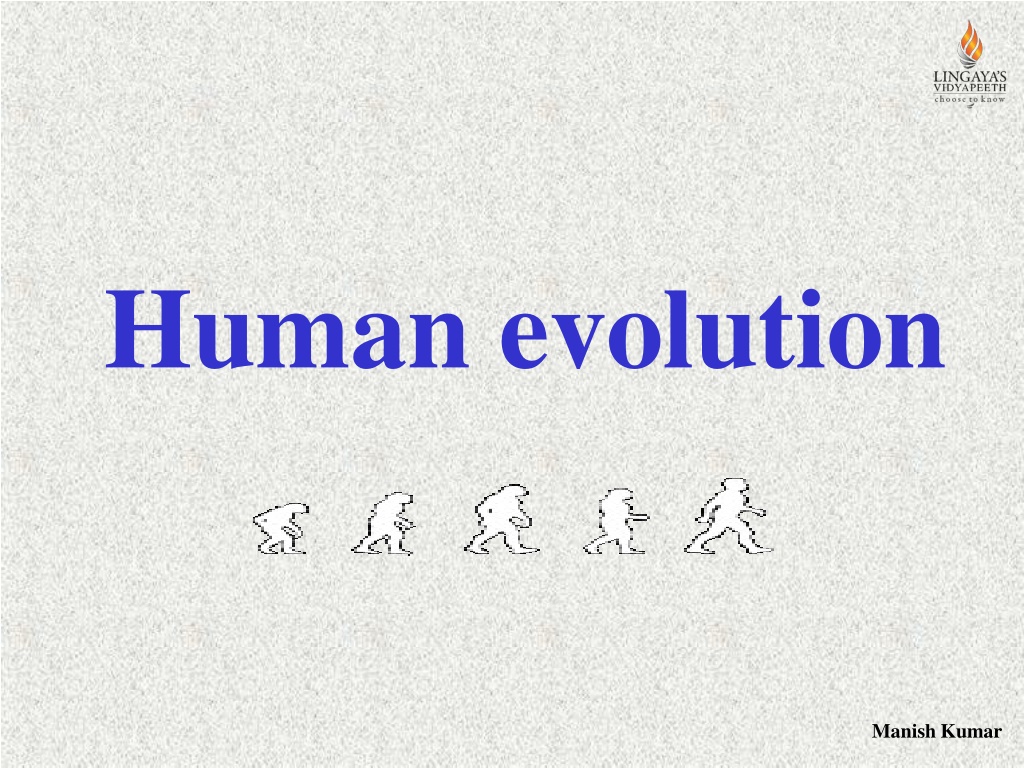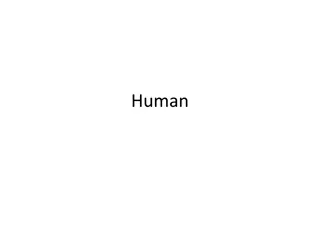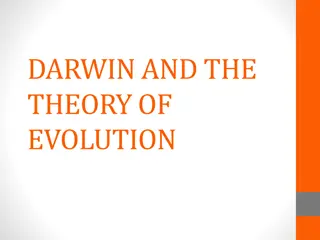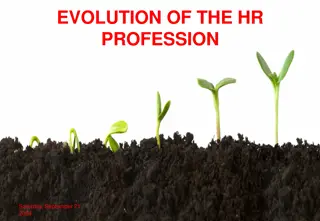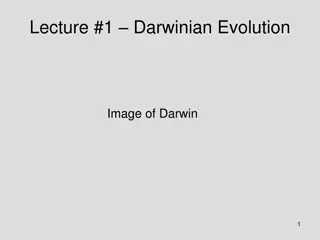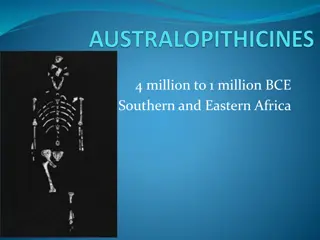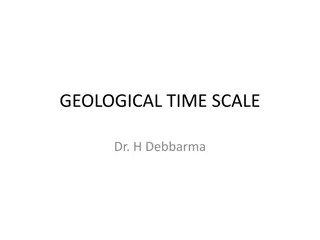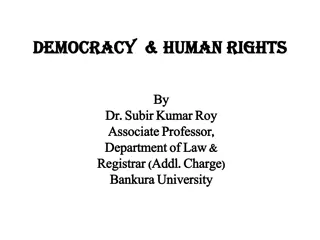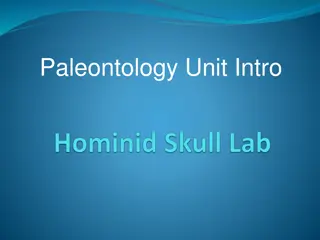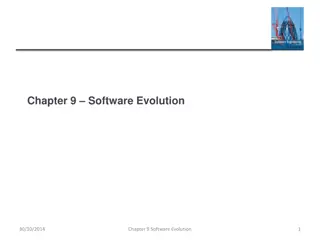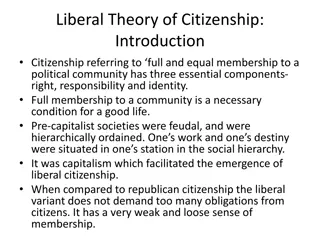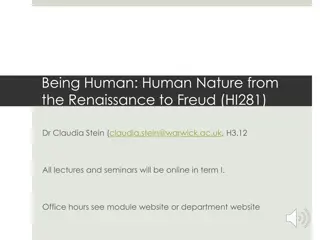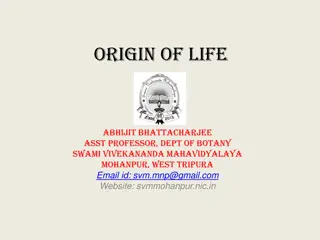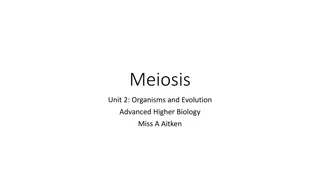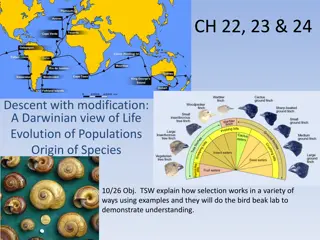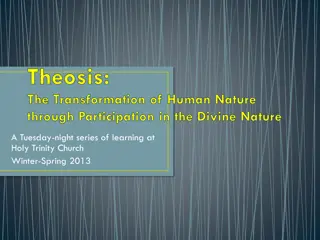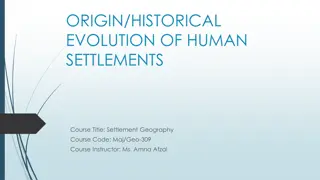Understanding Human Evolution: A Journey Through Time
Explore the fascinating journey of human evolution from the split from apes to present-day humans. Discover important stages, controversies, and key events shaping our understanding of the human family, Hominidae. Unravel the mysteries of our ancestral past and the characteristics that define us as hominids with tools, language, and culture.
Download Presentation

Please find below an Image/Link to download the presentation.
The content on the website is provided AS IS for your information and personal use only. It may not be sold, licensed, or shared on other websites without obtaining consent from the author. Download presentation by click this link. If you encounter any issues during the download, it is possible that the publisher has removed the file from their server.
E N D
Presentation Transcript
Human evolution Manish Kumar
"Hominid" refers to members of the human family, Hominidae, which consist of all species from the point where the human line splits from apes towards present day humans. Habitual bipedal locomotion (movement on two legs), an upright position, and a large brain that has lead to: tool use, language, and culture characterize hominids.
Human evolution A. History B. Important stages in human evolution C. Theories of human evolution D. Human Characteristics E. Are we still evolving?
History 1856-NeanderValley Discovery of a skull that was not quite human
1859 Darwin publishes The Origin of Species 1871- Darwin predicts that ancestors of humans would be found in Africa
BC D A Up till 1930s Humanity evolved in Europe Bush model 1950s--1960s Many significant fossils discovered A B C D Linearmodel
1970s present more fossils molecular techniques tree model of human evolution
Current Controversy 6-7 m y old fossil Earliest bipedal hominid? Sahelanthropus tchadensis
Important stages in human evolution 1. 3.2 million years ago 2. 3 million years ago 3. 2 million years ago 4. 1 million years ago 5. 200, 000 years ago 6. 150, 000 years ago
"Hominid" refers to members of the human family, Hominidae, which consist of all species from the point where the human line splits from apes towards present day humans. Habitual bipedal locomotion (movement on two legs), an upright position, and a large brain that has lead to: tool use, language, and culture characterize hominids.
3 mya: Homo habilis-the handy man Habitat: open terrain Food: Scavenged for meat Physical characteristics: small jaw and teeth shorter arms increase in brain size (because of carnivorous diet and mode of feeding) capable of speech
Oldowan Tools Made tools
Human migration 1.9 mya humans began to leave Africa to other continents
2 mya: Homo ergaster Habitat: dry -hot habitat Food: scavenger for meat Physical characteristics: Tall with long limbs Smooth and dark skin Temperature regulation through sweating Narrow pelvis (lead to narrow birth canal) Mothers needed support of partner and group to raise babies
Homo sapiens 120, 000 ya Physical characteristics: Eyebrow ridge small or absent Prominent chin Tools --antler, bone, stone Clothing, jewelry, artwork, musical instruments
